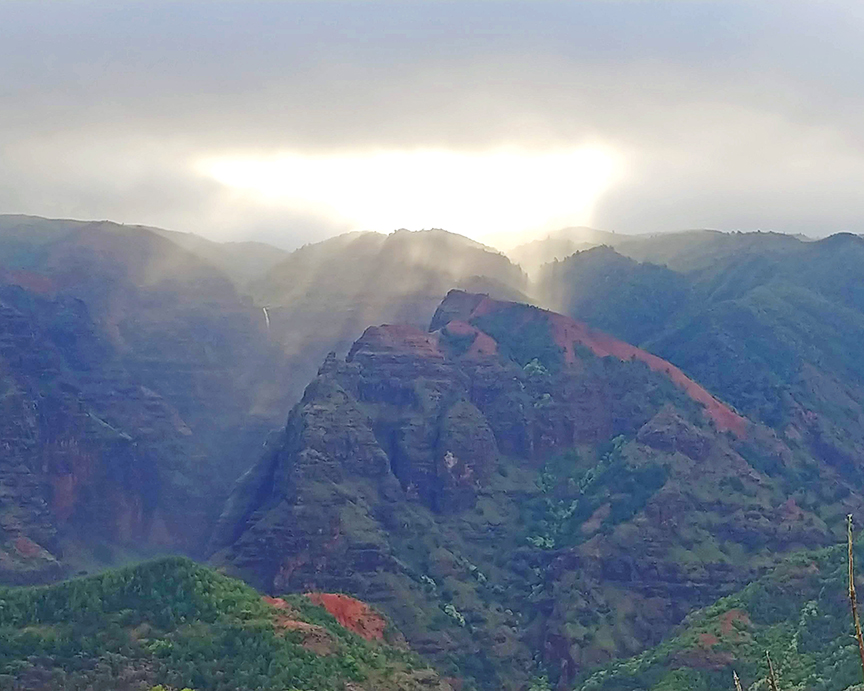By Jan TenBruggencate

A makahiki arena is seen here at the center of the Kaneiolouma Complex fronting Po‘ipu Beach. Photo courtesy of www.kaneiolouma.org
One thing that sets us as humans apart from other species is the times in our lives when we do something different, when we ritually vary our routine.
In the Judeo-Christian tradition, Sundays (or Saturdays for some) are times when people do something different than normal — such as worshipping and avoiding toil.
In the Hawaiian tradition, Makahiki was like that. It was a four-month period that roughly corresponds to our winter, starting around the end of October or early November. It was a time, David Malo wrote, when “ordinary religious ceremonies were omitted; the only ones that were observed being those connected with the Makahiki festival.”
It was a time when people stopped work for several days, and thereafter conducted only the work required to provide food.
Except for the tax collectors, whose task it was to travel the countryside levying taxes. The highest chief received the tribute, and then distributed it among subchiefs and retainers.
The Handys, in their book “Native Planters in Old Hawaii,” call Makahiki the Harvest Festival, a time when crops were harvested and tributes paid to the chiefs.
Makahiki was a time devoted to sporting activities. There were foot races and canoe races, spear throwing and surfing, bowling with ulu maika stones, games of chance and games of ritual fun. Hula was a great part of Makahiki ceremony.
There are other other examples of times and places that change the everyday rules.
In the first year of World War I, the combatants agreed to stop killing each other in celebration of Christmas. It was the suggestion of Pope Benedict XV.
The Christmas Truce of 1914 got Germans and the British and their allies out of the trenches to sing carols, exchange gifts and even play some soccer.
It was a rare case of varying the killing routine, and it was not repeated in World War I, as that war became ever more brutal.
Hawaiians had a related tradition, not associated with a time but a place. There were refuges, sanctuaries, which would protect people from punishment if they could get there before being caught.
There were designated places on several islands that were designated pu‘uhonua — sanctuaries where law enforcement and enemy armies would not follow. A criminal, a defeated warrior or a civilian seeking safety was protected if he or she could get into the boundaries of the place of refuge.
The most famous may be Pu‘uhonua O Honaunau, a National Historical Park on Hawai‘i Island. But there are others. The Hauola City of Refuge lies along the mouth of Wailua River on Kaua`i. There was said to be one at La`ie on O`ahu and at Kawela on Molokai.
It was a European tradition that criminals could gain asylum if they could get to a church. And many countries even today grant asylum to those persecuted in other countries, if only they can get across the border.
Having rules, but also having a way to lift them, is a feature of cultures everywhere.
- Jan TenBruggencate is a Kaua‘i based writer and communications consultant.
Discover more from For Kauai Online
Subscribe to get the latest posts to your email.






Leave a Reply